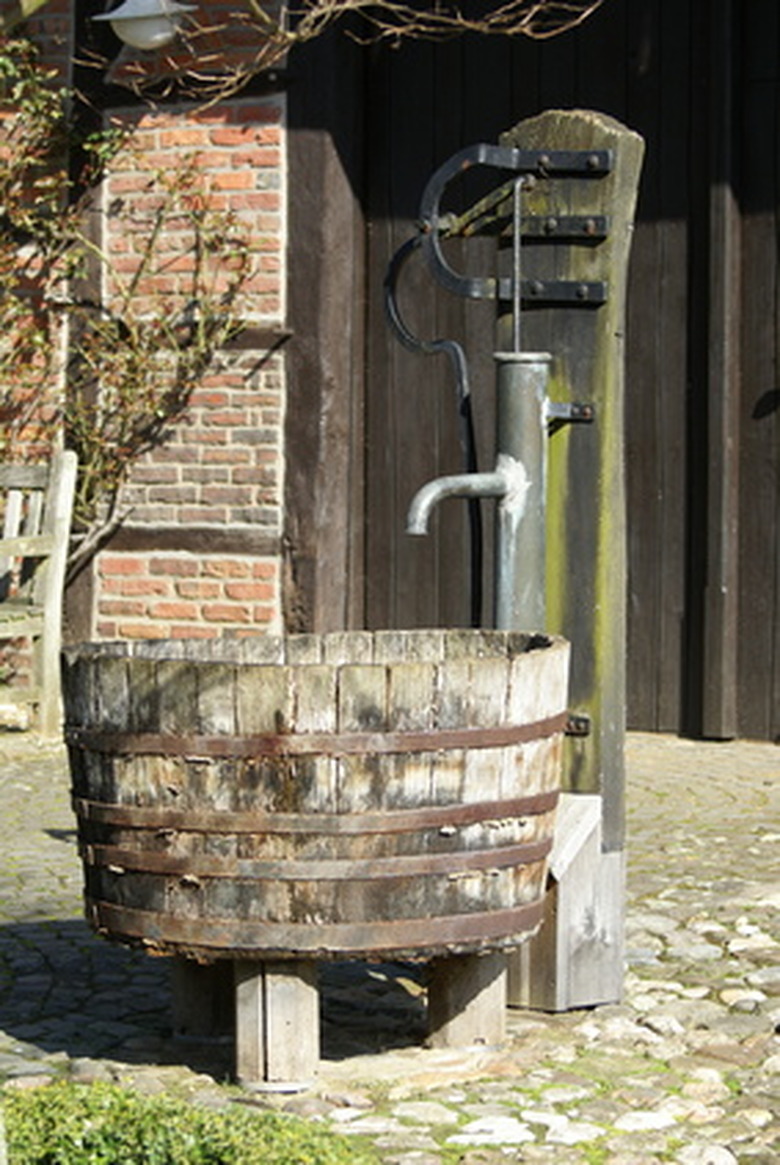How To Test For Hydrogen Sulfide
Hydrogen sulfide is a chemical compound that usually occurs naturally in decaying plant matter and sulfur-reducing bacteria. Significant concentrations of this compound are usually detected by sense of smell, often characterized as smelling like rotten eggs. Many wells drilled for drinking water contain hydrogen sulfide, which can stain plumbing fixtures and produce a foul stench. Traces in well water are usually deemed safe, though concentrations released during a hot shower can lead to nausea. Even higher amounts can lead to serious illness or death. Through proper testing, any present concentrations of hydrogen sulfide gas can be detected.
Step 1
Read all directions for a hydrogen sulfide test kit. Before beginning the test, ensure you understand how to use the test kit to receive accurate results. Many at-home hydrogen sulfide test kits provide results about as accurate as any laboratory test.
Step 2
Obtain the water sample. Use the provided cup or a clean cup that has not been exposed to the well water in question. If there is a minimum amount of water needed for the test, be sure to provide at least that much.
Step 3
Introduce the testing medium to the water sample. This may be a litmus paper strip or a chemical that changes color in the presence of hydrogen sulfide. Give the testing medium ample time to react, as per the directions provided by the test kit.
Step 4
Interpret the test results. The at-home hydrogen sulfide test kits provide a color chart. Compare the color of the water sample against the corresponding color for the test kit. This comparison indicates whether the hydrogen sulfide concentration in the water is a concern. If in doubt, consider repeating the test to be certain of the results.
Step 5
Consult the services of a professional test laboratory. If the results appear borderline between a safe and unsafe concentration of hydrogen sulfide, consider using professional services to verify these findings and determine appropriate action.
Things Needed
- Water sample
- Water test kit
TL;DR (Too Long; Didn't Read)
Perform hydrogen sulfide testing regularly or when the water begins to develop a stronger rotten egg smell.
Keep testing supplies away from extreme sunlight.
Cite This Article
MLA
Yarbrough, John. "How To Test For Hydrogen Sulfide" sciencing.com, https://www.sciencing.com/test-hydrogen-sulfide-6757052/. 24 April 2017.
APA
Yarbrough, John. (2017, April 24). How To Test For Hydrogen Sulfide. sciencing.com. Retrieved from https://www.sciencing.com/test-hydrogen-sulfide-6757052/
Chicago
Yarbrough, John. How To Test For Hydrogen Sulfide last modified March 24, 2022. https://www.sciencing.com/test-hydrogen-sulfide-6757052/
